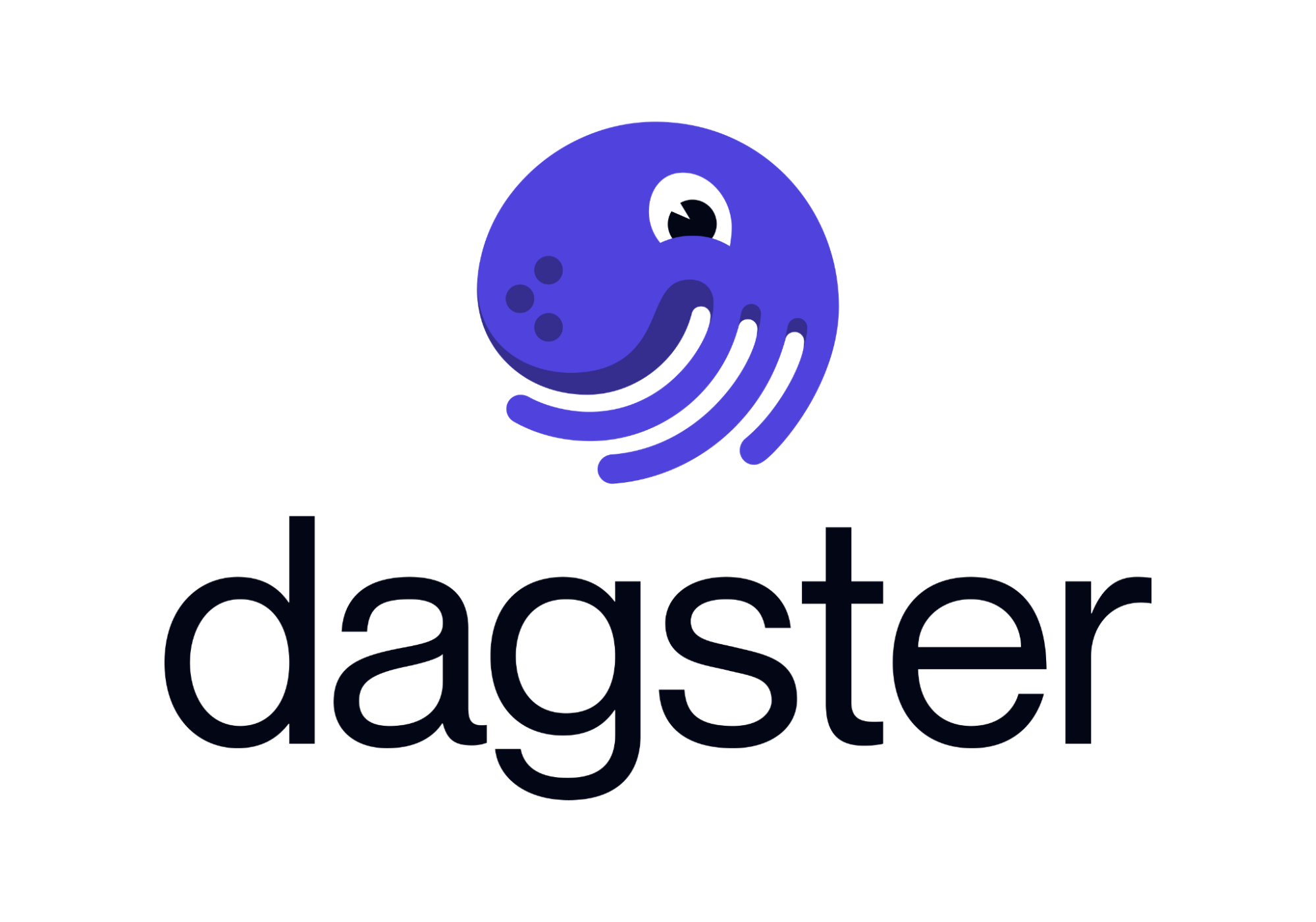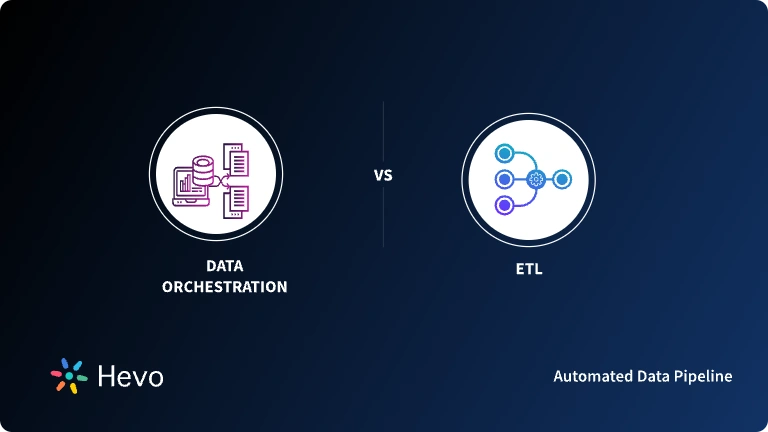This blog explores the world of open-source data orchestration tools, highlighting their importance in managing and automating complex data workflows. From Apache Airflow to Google Cloud Composer, we’ll walk you through ten powerful tools to streamline your data processes, enhance efficiency, and scale your growing needs. Whether you’re a data engineer or a data scientist, this guide will help you choose the right tool for your specific requirements, making data orchestration more accessible and manageable.
Table of Contents
What is Data Orchestration?

Data orchestration is the process of managing, coordinating, and organizing various tasks—like moving data from one place to another, transforming it, or running analyses—in a structured way. Instead of manually handling each task, data orchestration tools help you automate these processes, making sure everything happens in the right order and at the right time.
In today’s world, data comes from all directions and in various forms. With the complexity and volume of data increasing, the need for efficient and reliable data orchestration has become more crucial than ever. However, many organizations opt for data orchestration tools rather than building these capabilities from scratch. Why? Let’s dive into the benefits of using tools over building your own data orchestration solutions.
Build vs Buy – Data Orchestration Tools
- Time Savings: Building your own data orchestration system takes time—lots of it. By using established tools, you can leverage existing frameworks that are tested and well-maintained, allowing you to focus on what matters most: making sense of your data.
- Cost Efficiency: Developing a custom solution can be expensive. You’ll need skilled developers, ongoing maintenance, and constant updates to keep up with new technologies.
- Scalability: Most data orchestration tools are designed to handle massive workloads and can scale as your data grows. This means you won’t need to rebuild your system when your data demands increase.
- Flexibility: Data orchestration tools are often highly configurable and adaptable to various use cases. You can tweak and extend these tools to meet your needs without starting from scratch.
- Community Support: The community is one of the biggest advantages of data orchestration tools. There are forums, documentation, and a global network of users who can help troubleshoot, share tips, and contribute improvements.
With these benefits in mind, let’s explore some of today’s top 10 open source data orchestration tools.
Efficiently migrate your data using Hevo’s powerful platform. Ensure real-time data synchronization and minimal manual effort.
Effortless Migration: Seamlessly migrate data with CDC capabilities without coding.
Real-Time Data Sync: Keep your data current with continuous real-time updates.
Flexible Transformations: Utilize built-in transformations or custom Python scripts to prepare your data.
Auto-Schema Mapping: Automatically map schemas to ensure smooth data transfer.
Join over 2000 satisfied customers who trust Hevo and experience a smooth data migration process with us.
Get Started with Hevo for FreeTop 10 Open Source Data Orchestration Tools
1. Apache Airflow

Airflow is a tool for managing and scheduling complex workflows by defining tasks and their dependencies in code. It provides a powerful UI for monitoring and managing workflows.
- Directed Acyclic Graphs (DAGs): Defines workflows as code.
- Extensible: Easily integrate with various services and custom plugins.
- Scheduler: Manages the execution of workflows.
- Web Interface: Provides an intuitive UI to monitor and manage workflows.
| Pros | Cons |
| Strong community support | Can be complex to set up and maintain |
| Scalable with a wide range of integrations | May require significant resources to run |
| Well-documented and widely adopted | Limited real-time data handling |
2. Luigi

Luigi is a Python-based framework for building batch-processing pipelines. It focuses on task dependencies and workflow management. It’s straightforward and great for handling complex task chains.
- Dependency Management: Simplifies task dependencies.
- Language Supported: Written in Python, making it easy to extend.
- Visualizations: Provides graphical views of task dependencies.
| Pros | Cons |
| Simple and lightweight | Less scalable for very large workflows |
| Easy to use for Python developers | Limited to batch processing |
| Good for small to medium workflows | Fewer integrations compared to Airflow |
3. Prefect

Prefect offers a modern approach to workflow management with flexible scheduling and monitoring features. It simplifies the process of creating and running data pipelines.
- Flow and Task Management: Defines complex workflows with ease.
- Hybrid Execution: Run tasks locally or in the cloud.
- Real-time Monitoring: Provides immediate feedback on task status.
| Pros | Cons |
| User-friendly with a modern UI | Requires cloud version for advanced features |
| Flexible and customizable | Newer tool, still growing in adoption |
| Strong focus on ease of use | Learning curve for advanced features |
4. Mage

Mage provides an intuitive interface for building, scheduling, and monitoring data workflows. It’s designed to make pipeline management easy and accessible.
- Low-Code: Focuses on providing a low-code environment.
- Machine Learning Pipelines: Supports integration with LLM and data science workflows.
- Extensible: Easily integrates with other tools and platforms.
| Pros | Cons |
| Simplifies complex workflows | Still evolving, with fewer integrations |
| Ideal for data science and ML tasks | Less community support compared to older tools |
| Low-code approach reduces development time | May not be as robust for large-scale operations |
5. Dagster

Dagster focuses on creating reliable and maintainable data pipelines with strong data quality controls. It offers a user-friendly interface for tracking and managing data workflows.
- Composable: Modular approach to building workflows.
- Type Safety: Ensures data types are consistent across tasks.
- Monitoring and Debugging: Strong support for inspecting and debugging workflows.
| Pros | Cons |
| Strong focus on data quality and type safety | Can be complex for beginners |
| Still gaining traction in the community | Still gaining traction in the community |
| Great for teams focused on data reliability | Requires a good understanding of Python |
6. Kestra

Kestra is a tool for orchestrating complex workflows across different environments. It’s known for its flexibility and scalability.
- Scalable: Designed for large-scale data workflows.
- Event-driven: Supports real-time data processing.
- Unified Interface: Combines workflow management and monitoring in one place.
| Pros | Cons |
| Handles large-scale workflows effectively | Less mature compared to other tools |
| Real-time processing capabilities | Smaller community and ecosystem |
| Unified interface simplifies management | Requires technical expertise to set up and manage |
7. Flyte

Flyte is designed for scalable, reproducible data workflows, particularly useful for data science and machine learning projects. It emphasizes versioning and reliability.
- Native Kubernetes Integration: Designed for cloud-native environments.
- Versioned Workflows: Supports version control for workflows.
- Extensible: Easily integrates with other data tools and platforms.
| Pros | Cons |
| Cloud-native and Kubernetes-ready | Steeper learning curve |
| Strong support for versioning and reproducibility | Requires Kubernetes expertise |
| Ideal for complex, distributed systems | Newer tool, still developing features |
8. Argo

Argo integrates with Kubernetes to manage workflows and CI/CD pipelines. It’s ideal for environments already using Kubernetes and supports complex, scalable workflows.
- Container-Native: Built to run on Kubernetes.
- Event-Based: Triggers workflows based on events.
- Scalable: Handles large-scale, distributed workflows.
| Pros | Cons |
| Excellent for Kubernetes environments | Kubernetes knowledge required |
| Highly scalable and robust | Can be complex to configure |
| Event-driven architecture | Smaller community compared to Airflow |
9. Metaflow

Metaflow, developed by Netflix, is tailored for managing data science and machine learning workflows. It simplifies handling complex data pipelines and integrates well with cloud services.
- Human-Centric: Focuses on making data workflows accessible to data scientists.
- Version Control: Built-in versioning for workflows.
- Scalable: Designed to handle large-scale data science projects.
| Pros | Cons |
| Easy to use for data scientists | Limited to data science use cases |
| Strong focus on usability and flexibility | Smaller community |
| Version control is a major plus | Less suitable for non-data science tasks |
10. Google Cloud Composer

Based on Apache Airflow, this managed service allows you to create and manage workflows easily within Google Cloud. It integrates smoothly with other Google Cloud products.
- Managed Service: Fully managed workflow orchestration service.
- Built on Apache Airflow: Combines the power of Airflow with Google Cloud.
- Scalable: Easily handles growing workloads.
| Pros | Cons |
| Fully managed, reducing operational overhead | Tied to Google Cloud |
| Built on the popular Apache Airflow | More expensive than self-hosting |
| Scalable and secure | Limited flexibility compared to open source Airflow |
Streamline with Hevo Data
While open-source data orchestration tools offer immense power and flexibility, setting them up and maintaining them can still be challenging, especially if you’re looking for a more streamlined experience. This is where tools like Hevo Data come in. Find robust open-source tools for efficient data ingestion and integration. More information at Data Ingestion Open Source.
Hevo Data is a no-code data pipeline platform that allows you to easily integrate data from 150+ sources, orchestrate workflows, and transform data with minimal setup. It’s designed to be user-friendly, making it accessible even to non-technical users. With Hevo, you can focus on your data insights rather than the complexities of managing workflows.
Wrapping Up
Choosing the right data orchestration tool depends on your specific needs, technical expertise, and the scale of your data operations. Whether you opt for the flexibility of Apache Airflow, the simplicity of Luigi, or the modern features of Prefect, there’s an open-source tool that fits your requirements.
If managing these tools seems troublesome, platforms like Hevo Data can provide a simplified, no-code alternative that gets you up and running quickly. No matter which path you choose, effective data orchestration is key to unlocking your data’s full potential.
FAQ on Data Orchestration Tools
What is the main purpose of data orchestration?
Orchestration automates and manages complex data workflows across multiple systems and tools. It ensures that data processes are executed in the correct order, at the right time, and with the necessary dependencies in place. Orchestration improves efficiency, reduces errors, and enables scalable data operations across an organization.
What is data orchestration vs. ETL?
1. Data Orchestration: Refers to the automated coordination and management of data processes and workflows across multiple systems and tools. It involves organizing and managing how data flows through different stages, ensuring that each step in the data pipeline is executed in the correct order.
2. ETL (Extract, Transform, Load): A specific process within the data pipeline where data is extracted from sources, transformed into a suitable format and loaded into a destination system. ETL is a part of data orchestration but focuses on the transformation process.
What is the difference between data integration and data orchestration?
1. Data Integration: The process of combining data from different sources into a unified view, often involving ETL to transform and consolidate the data into a single system or data warehouse.
2. Data Orchestration: Involves managing the entire data pipeline, including the sequence and timing of data integration, transformations, and other processes across various tools and systems. Orchestration ensures that these processes work together seamlessly.
What is the difference between data ingestion and data orchestration?
1. Data Ingestion: The process of importing or transferring raw data from various sources into a storage system or data platform, making it available for further processing or analysis.
2. Data Orchestration: Involves coordinating data ingestion and other steps like transformation, loading, and monitoring in a data pipeline. Orchestration ensures that all data processes are executed in a controlled and organized manner.
What is the difference between transformation and orchestration?
1. Transformation: Refers to the process of converting raw data into a different format, structure, or value to meet the requirements of the target system or analysis. It’s a specific step in the ETL process.
2. Orchestration: This involves managing the entire workflow of data processes, including when and how transformations occur, and ensuring that all processes are executed in the correct sequence and without errors.





